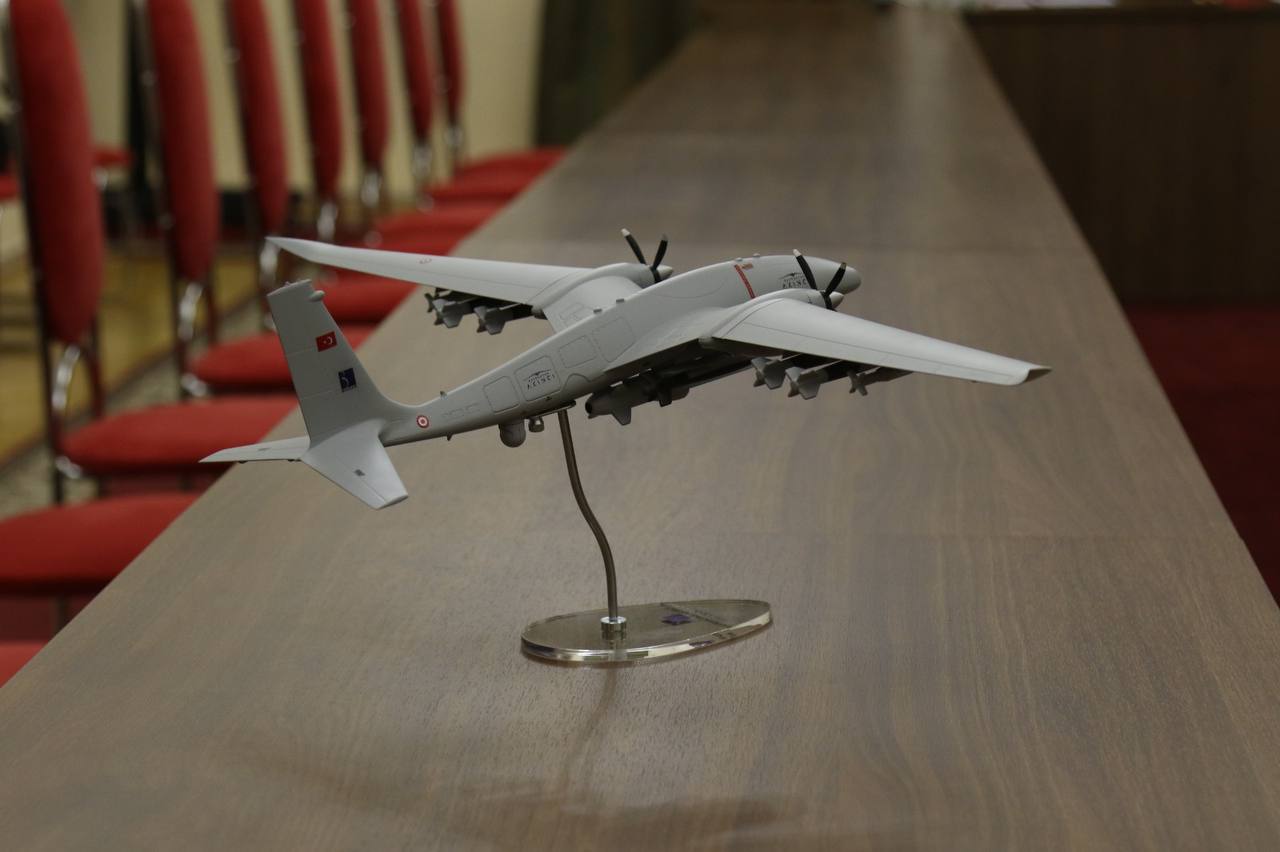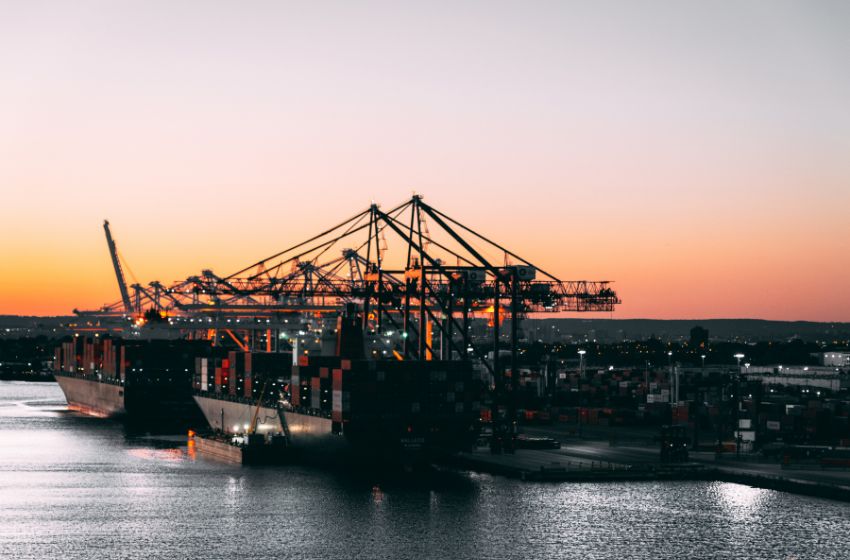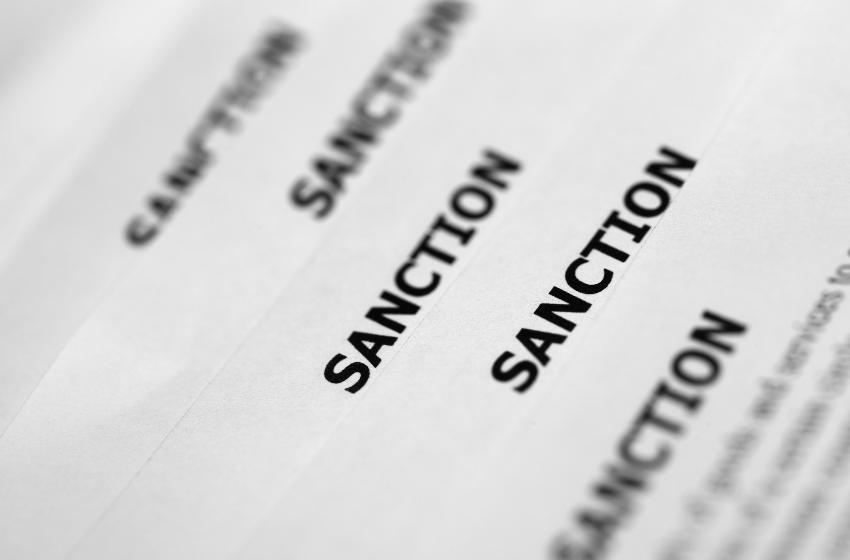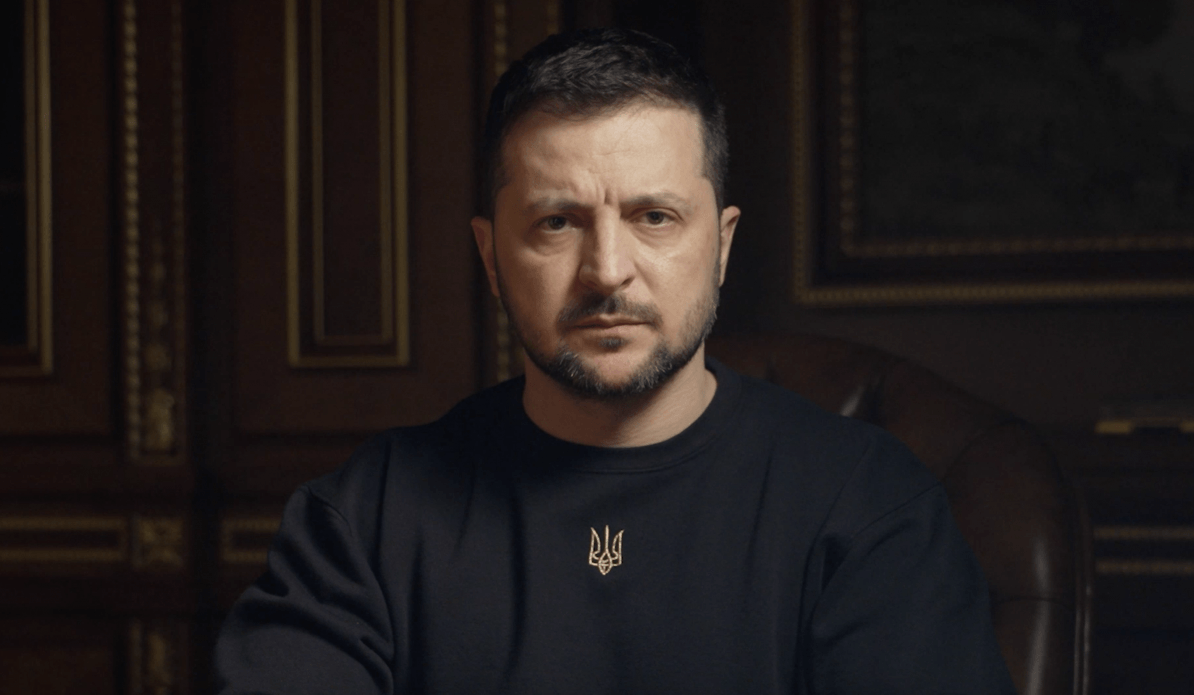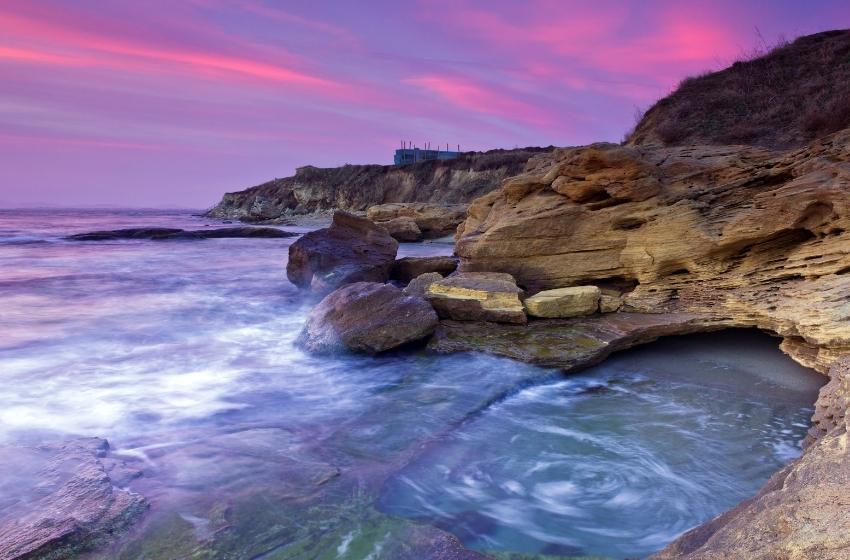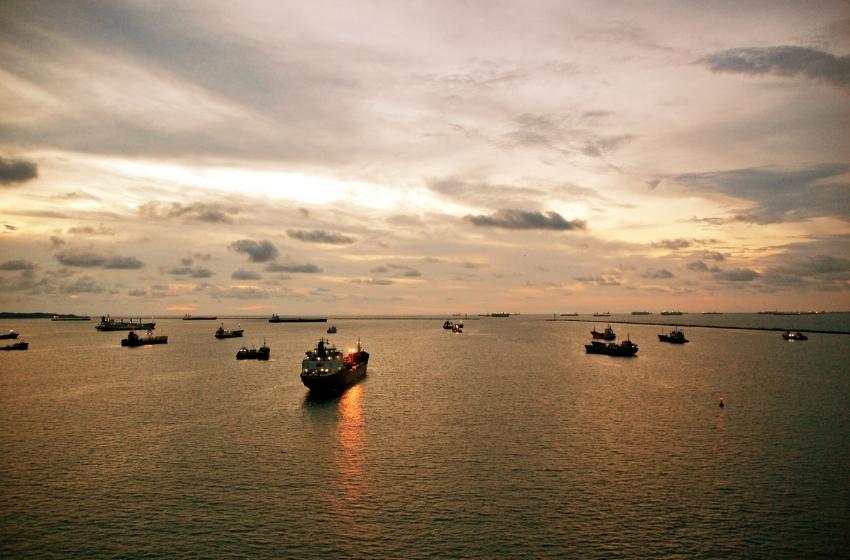Main — Без рубрики — Secrets of the Black Sea: How does the chemical composition of water affect sea life?
Без рубрикиSecrets of the Black Sea: How does the chemical composition of water affect sea life?
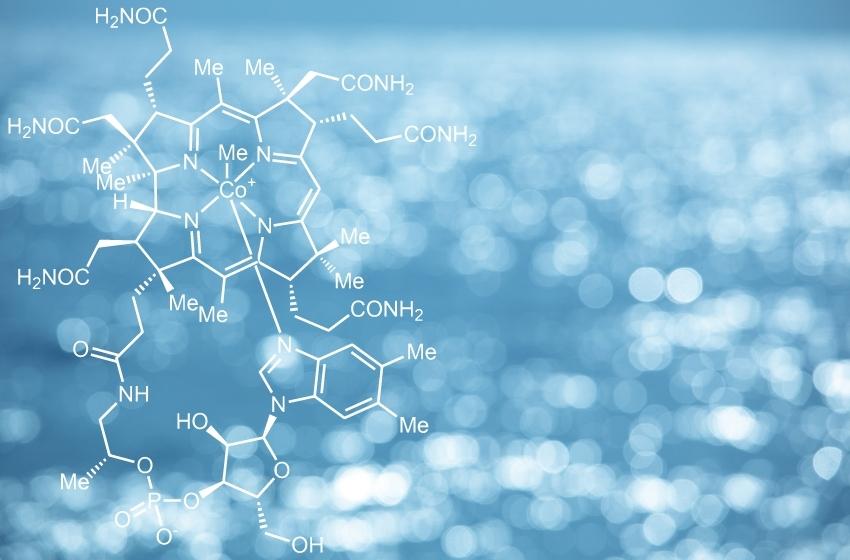
Different groups of chemicals can influence the lives and lifestyles of sea dwellers in markedly different ways. If industrial chemicals, petrochemicals, heavy metals, surfactants, pesticides, etc. get into the marine environment at concentrations over a certain limit, they can destroy marine flora and fauna, breaking the development and reproductive cycles of sea dwellers and putting them on the path to extinction. Within the framework of the EMBLAS project, water, bottom deposits, and living organisms were screened for more than 40,000 pollutants. More than 124 such pollutants were detected, including pesticides, fire retardants, sunscreen components, etc. The concentration of polybrominated ethers, chlorinated hydrocarbons (e.g. DDT), and chemical compounds like dioxins and mercury found in the tissues of dead dolphins was significantly high. Toxicity thresholds have been established for these compounds, and if thresholds are exceeded it may signal that the chemicals involved should be banned for industrial use, and/or that mitigation and prevention efforts (e.g. the sewage treatment system) should be improved.

The other group of chemicals detected includes various inorganic compounds of nitrogen (NO2, NO3, NH2) and phosphorus (PO4), which are termed ‘biogenic’ or ‘nutritive’, along with other organic matter. These groups are closely connected with natural phenomena and can affect sea dwellers either positively or negatively. The chemicals, as a rule, get into the sea via river flow and are able to stimulate high productivity in some cases. But if you make tea with twenty-two sugars instead of two, there will be consequences. That is why the problem of eutrophication (nutrient over-enrichment) is especially urgent for those Black Sea areas connected to river estuaries, e.g. within the north-western sector, where three large European rivers: the Danube, the Dniester and the Dnieper, flow into it. Agricultural runoff comprised of highly concentrated nitrogen and phosphorus cause algal blooms, which lead to fish kills when all the oxygen dissolved in water is spent on the oxidation of organic matter. For this reason, most hydrobionts, especially those that are unable to physically flee, will perish under these conditions. If the excessively concentrated biogenic substances get into the sea frequently, the sea’s entire ecosystem changes. Large perennial plants and animals – indicators of Good Environmental Status (GES), disappear. They are replaced by small, rapidly reproducing species, which form large homogeneous accumulations, but rendering the sea itself less attractive to other sea dwellers and the humans who depend on them. The highest level of eutrophication in the north-western portion of the Black Sea was observed from the end of the 1960s through to the beginning of the current century. Underwater kelp forests represented by perennial brown algae (Cystoseira barbata) were replaced by cotton-like accumulations of finely branched green algae. Valuable fish species such as mackerel (Scomber scombrus), horse mackerel (Trachurus mediterraneus), and bluefish (Pomatomus saltatrix) almost completely disappeared and were replaced by smaller and less valuable species: the European anchovy (Engraulis encrasicolus), sprat (Sprattus sprattus), and sand smelt (Atherina spp). According to EMBLAS project data, the recovery of plant and animal species – indicators of Good Environmental Status - has now begun. One example is the red agar-containing algae phyllophora (Phyllophora crispa), which form famous ‘fields’ throughout the north-western shelf. Crabs, shrimps, and seahorses can be observed again along the coasts, to the delight of coastal inhabitants.
The publication was prepared with the financial support of the EU – UNDP project ‘Improving Environmental Monitoring in the Black Sea: Selected measures’ (EMBLAS-Plus). This publication was produced with the financial support of the European Union and UNDP. Its contents are the sole responsibility of the authors and do not necessarily reflect the views of the European Union or UNDP.
Authors: B. Aleksandrov, O. Adrianova, N. Atamas, V. Bolshakov, O. Bondarenko, I. Chernichko, V. Demchenko, S. Dyatlov, Y. Dykhanov, E. Dykyi, O. Garkusha, P. Gol’din, S. Hutornoy, V. Komorin, Y. Kvach, V. Mamaev, O. Manturova, O. Marushevska, A. Mikelyan, Yu. Mikhalev, G. Minicheva, I. Sinegub, T. Shiganova, J. Slobodnik, A. Snigiryova, M. Son, K. Vishnyakova, A. Zotov. Illustrator: I. Pustovar.














